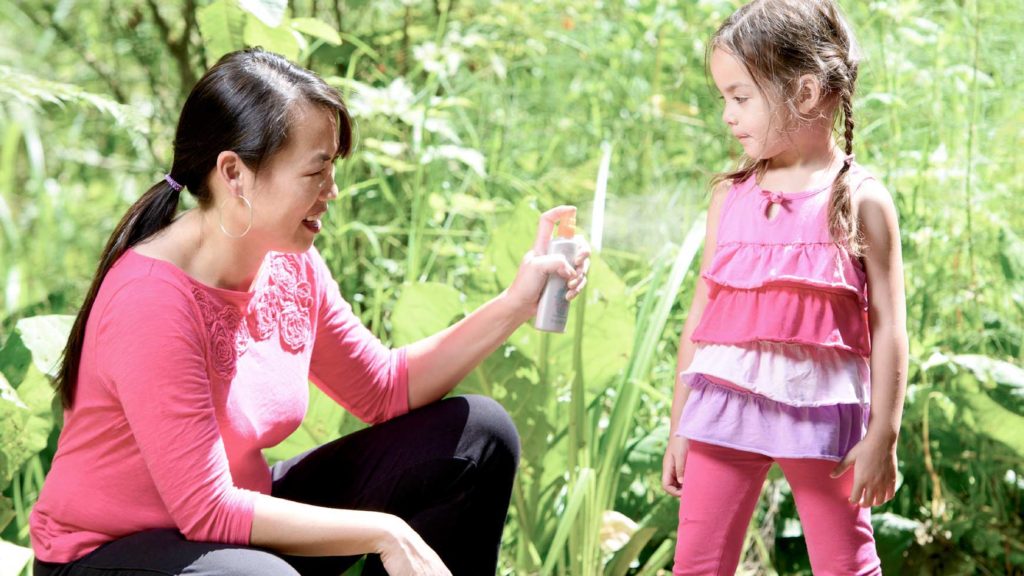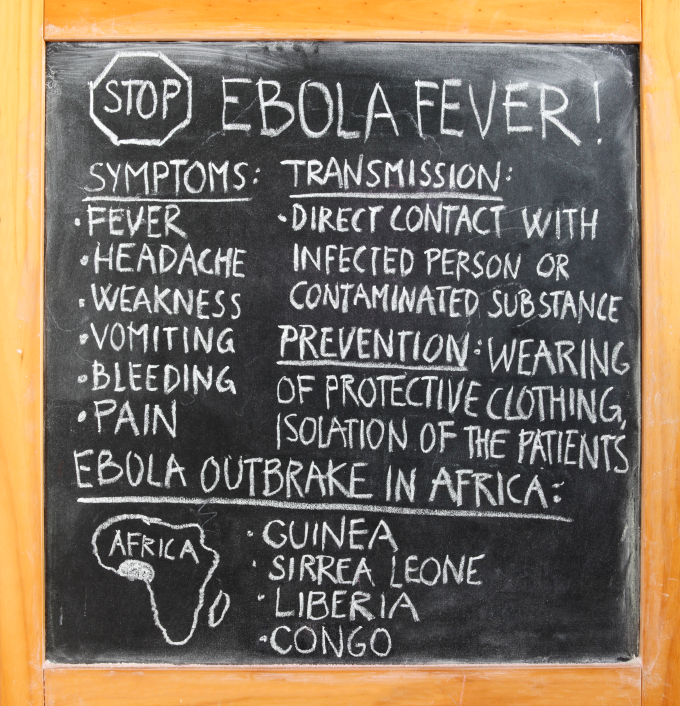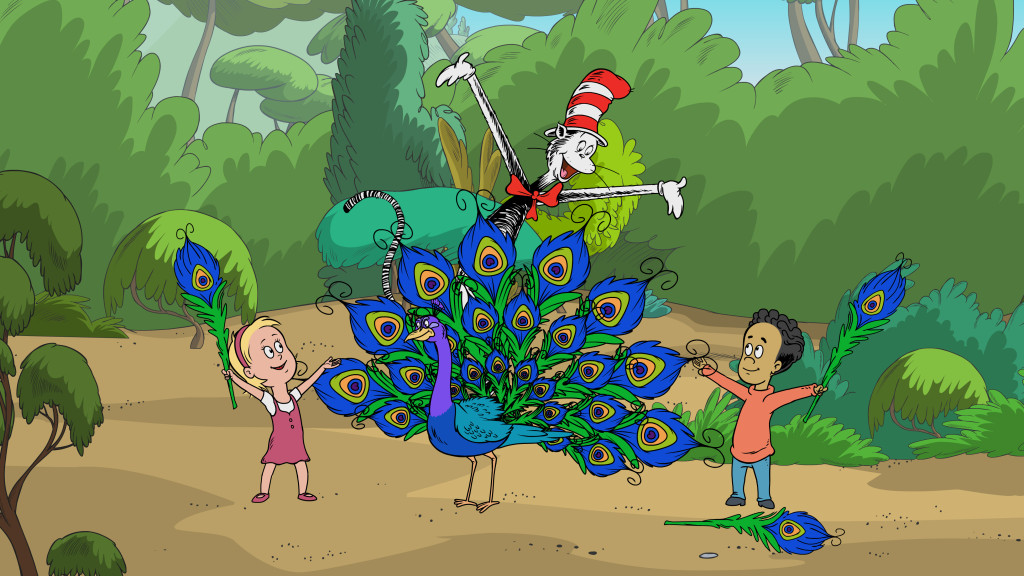Back to School: Ensuring an A+ start to the school year
Back to school…three words that represent great joy to parents who are ready to get back to routine and bring great anguish and “pain” to kids who aren’t quite ready to give up their summer freedom. In order to ensure a smooth transition from the fun and less structured summer into a new school year, […]
Back to School: Ensuring an A+ start to the school year Read More »






